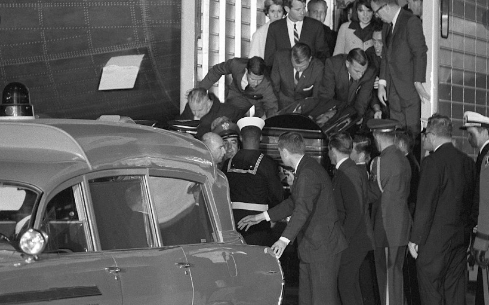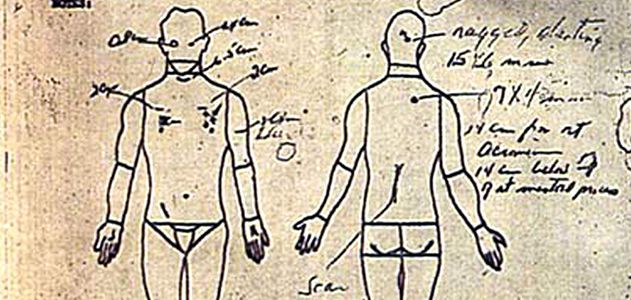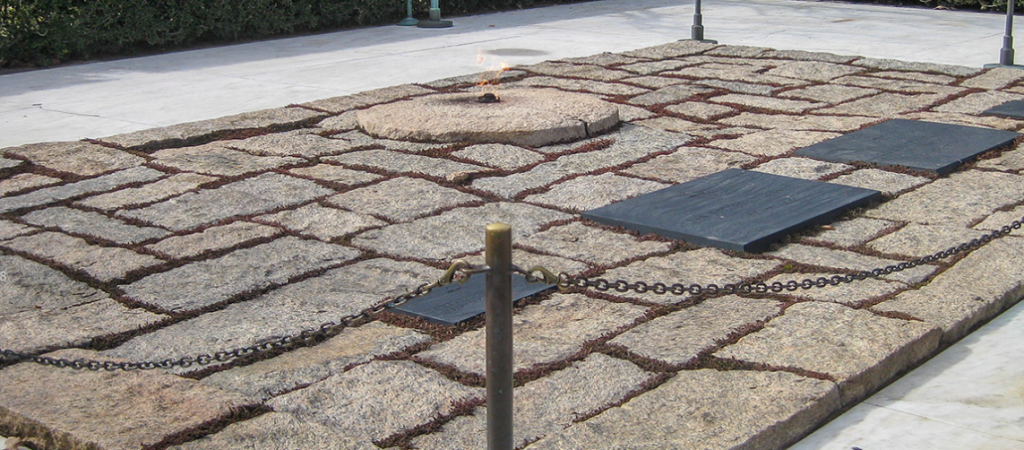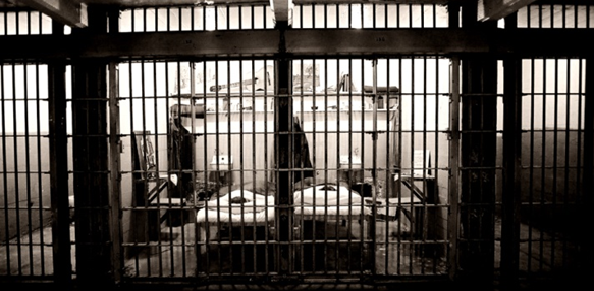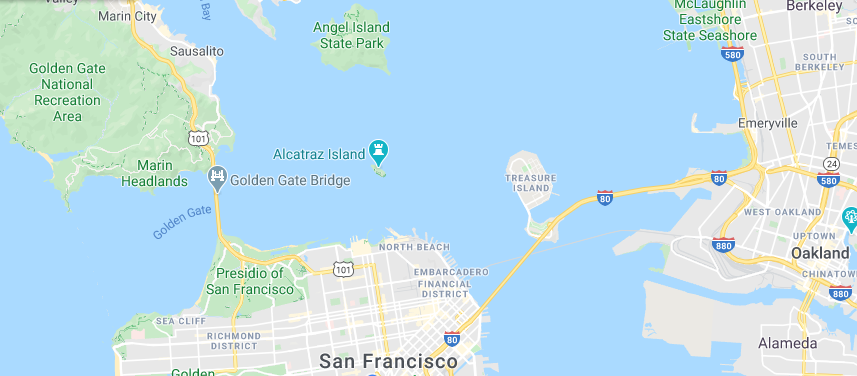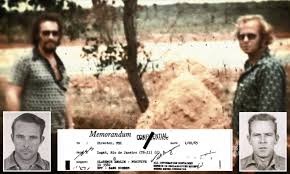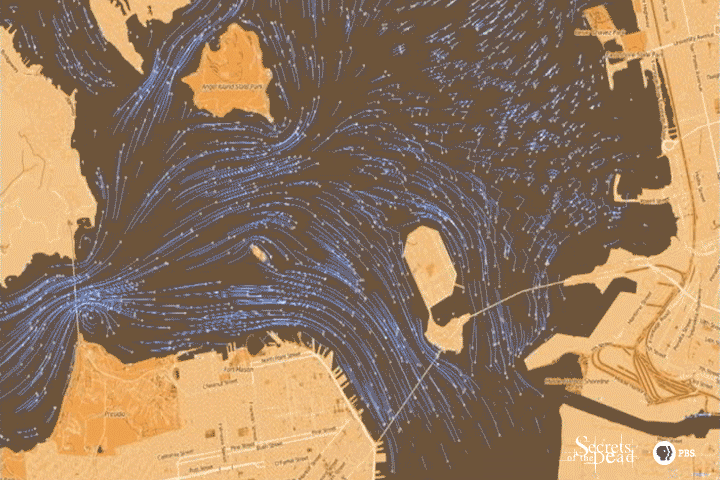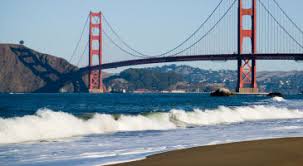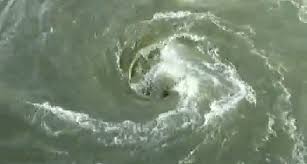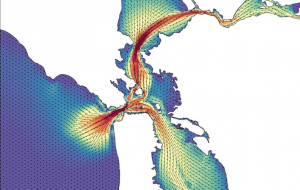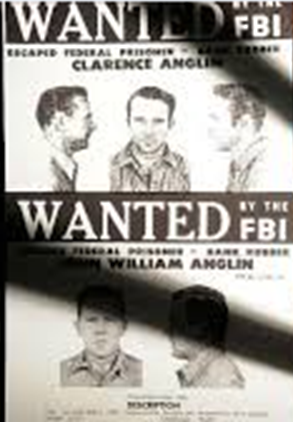 The United States Central Intelligence Agency (CIA) has a 75-year history of covert, creative, and controversial operations. One black classified op is a series of tactics used to forcibly squeeze information out of resistant people. The program is labeled Enhanced Interrogation Techniques. Some call it torture. My question is, “Could you withstand CIA Enhanced Interrogation Techniques?”
The United States Central Intelligence Agency (CIA) has a 75-year history of covert, creative, and controversial operations. One black classified op is a series of tactics used to forcibly squeeze information out of resistant people. The program is labeled Enhanced Interrogation Techniques. Some call it torture. My question is, “Could you withstand CIA Enhanced Interrogation Techniques?”
There’s an interesting history of how the CIA’s interrogation program developed. We’ll get into that in a bit, as well as discuss what constitutes “torture” under domestic and international law. First, let’s get right into the 13 officially sanctioned interrogation techniques used by the CIA. In somewhat of an order of severity, and with a brief description of each method, they are:
1. Abdominal Slap — The purpose was to cause the detainee to feel fear and despair, to punish certain behavior and humiliate or insult the detainee, according to a description in government documents, obtained by the American Civil Liberties Union (ACLU) in 2009. The interrogator stands about a foot from the detainee’s stomach and slaps the detainee with the back of his hand. The interrogator’s hand is held with the fingers together and straight and slaps the detainee’s abdomen. The CIA was using this technique prior to 2004 without approval by the Justice Department.
2. Attention Grasp — The interrogator grabs the detainee by the collar, with two hands, and pulls him closer in, according to a description of the technique by former CIA acting general counsel John Rizzo. Rizzo described this technique being used on Al-Qaeda operative Abu Zubaydah in his recent book Company Man.
3. Cramped Confinement — The interrogator would put the detainee in a box, sometimes big enough to stand in, for up to 18 hours, or one only big enough to curl up in for up to two hours, Rizzo said in his book. The interrogator had the option to put a “harmless” insect inside the small box when the technique was used on Zubaydah, because he hated bugs, Rizzo said.
4. Dietary Manipulation — This technique involved switching from solid foods to liquid. For instance, in August 2002, Zubaydah was put on a liquid diet that consisted of Ensure and water, a Senate report said.
5. The Facial Hold — The interrogator holds the detainee’s head so it can’t move and puts one hand on each side of the detainee’s face, keeping fingertips away from the detainee’s eyes, Rizzo explained in his book.
6. The Facial Slap/Insult Slap — The interrogator slaps the detainee in the face, with fingers spread, striking between the chin and earlobe, Rizzo explained in his book. The idea, Rizzo said, was to startle or humiliate the detainee, Zubaydah, and “disabuse him of the notion that he wouldn’t be physically hit.”
7. Nudity — This technique was used with others. For instance, a detainee would be forced to stand for prolonged periods while nude. The detainee would also be paraded nude in front of other detainees. Further, detainees were totally shaven.
8. Stress Positions — The purpose of these techniques is to stimulate mild discomfort from extended muscle use, according to a description in a government document obtained by the ACLU. Two such positions, used on Zubaydah, were to have him sit on the floor with his legs stretched out in front of him and his arms above his head, or kneeling on the floor while leaning back at a 45-degree angle, Rizzo said in his book.
9. Sleep Deprivation — Detainees were kept awake for up to 180 hours, often standing or in a stress position, the Senate report said. Sometimes, the detainees’ hands would be shackled above their heads. At least five detainees had “disturbing hallucinations” during this technique, and in two of those cases, the CIA continued the practice. One detainee, Arsala Khan, hallucinated after 56 hours of standing sleep deprivation in October 2003.
10. Wall Standing — A detainee faces a wall, standing about four feet away. The interrogator has the detainee reach out his arms toward the wall so that his fingers are touching it. The detainee would have to hold that position indefinitely, according to a description by Rizzo about this technique used on Zubaydah.
11. Walling — Interrogators slam detainees against a wall. In one instance, Zubaydah was slammed against a concrete wall, the Senate report said. On March 22, 2003, Al-Qaeda leader Khalid Sheikh Mohammed underwent “intense” questioning and walling. Giving up no new information, interrogators water-boarded him. After an hour of that, he said he was “ready to talk,” the CIA said.
12. Waterboarding — The detainee is strapped to a board or bench, and water is poured over the detainee’s face to simulate drowning. According to the Senate report, the technique brought on convulsions and vomiting, immediate fluid intake, and involuntary leg, chest, and arm spasms. Abu Zubaydah became “completely unresponsive, with bubbles rising through his open, full mouth.” Zubaydah was described as “hysterical” after these sessions and “distressed to a level that he was unable to effectively communicate.” At one point, Khalid Sheik Mohammad was water-boarded 65 times between the afternoon of March 12, 2003, and the morning of March 13.
13. Water Dousing — Naked detainees were held down on a tarp on the floor, according to the Senate report. The tarp would be pulled up around them to make a bathtub. Cold or refrigerated water would be poured on them. In some cases, detainees were hosed down over and over again as they were naked and shackled, standing in a sleep deprivation pose.
About the Central Intelligence Agency
 The CIA (known internally as The Agency) is a civilian foreign intelligence service of the United States federal government. It’s tasked with gathering, processing, and analyzing national security information around the world, primarily using human source intelligence (HUMINT). The CIA also performs covert actions on foreign territory using spies, plants, decoys, and deeply embedded undercover officers.
The CIA (known internally as The Agency) is a civilian foreign intelligence service of the United States federal government. It’s tasked with gathering, processing, and analyzing national security information around the world, primarily using human source intelligence (HUMINT). The CIA also performs covert actions on foreign territory using spies, plants, decoys, and deeply embedded undercover officers.
President Harry Truman formed the CIA in 1946, and it’s now celebrating its seventy-fifth anniversary. Over those years, the CIA had its good and bad moments, one notably being the Bay of Pigs invasion attempt on Cuba which nearly brought down the Kennedy Administration. Another is the handling of the Taliban and Al-Qaeda detainees held and interrogated at black facilities in Europe, Asia, and at the Guantanamo Bay site in Cuba.
Unlike the Federal Bureau of Investigation (FBI), the CIA is not a law enforcement agency, The CIA has no powers of arrest or search and seizure. It is autonomous to domestic law enforcement and generally gets an unaccounted reign free from court oversite. The CIA allegedly has a much larger budget than the FBI, but this information is hard to verify.
History of the CIA Enhanced Interrogation Technique Program
Conventional law enforcement agencies and military services like the Army, Air Force, Navy, and Marines are strictly ruled by tight regulations regarding prisoner treatment, including interrogation tactics. Court admissibility of prisoner statements long established that no evidence is ever admissible where a detainee has been physically or mentally abused, never mind tortured. The armed services are also held to standards like the Geneva Conventions for prisoner-of-war processing. Not so with the CIA.
 The Enhanced Interrogation Technique program is an evolutionary product. It started as the US Air Force’s Survival, Evasion, Resistance, and Escape school (SERE) formed in the Vietnam War era to train downed air crews on withstanding enemy interrogation and torture. The SERE school employed two questionable psychologists, Dr. Jim Mitchell and Dr. Bruce Jessen, who developed scenarios and put the service people through simulated situations such as the 13 techniques previously listed.
The Enhanced Interrogation Technique program is an evolutionary product. It started as the US Air Force’s Survival, Evasion, Resistance, and Escape school (SERE) formed in the Vietnam War era to train downed air crews on withstanding enemy interrogation and torture. The SERE school employed two questionable psychologists, Dr. Jim Mitchell and Dr. Bruce Jessen, who developed scenarios and put the service people through simulated situations such as the 13 techniques previously listed.
Agents at the CIA took a close interest in what was happening at SERE. They contracted Drs. Jessen and Mitchell to reverse engineer the defensive SERE techniques into offensive tactics and train CIA operators as detainee interrogators. The Enhanced Interrogation Technique was under development just as the terrorist attacks occurred on September 11, 2001.
Within days after 911, the Bush Administration decided to treat the attacks as an act of war, opposed to a criminal conspiracy. Part of this planning was deciding how to handle detainees —as captured prisoners of war or as criminals to be tried in the American legal system. As police, the FBI, and the armed services were bound by strict prisoner handling regulations, this left them handcuffed in getting critical information out of high-value captures.
The simple and obvious answer was turning the dirty work over to the CIA and having it done on foreign soil. This led to the notorious black camps and the ‘anything goes’ atmosphere in treating and interrogating detainees like Abu Zubaydah, Khalid Sheikh Mohammed, and Mohammed al-Qahtani. In the thick of things were Mitchell and Jessen who received millions of CIA dollars in fees for running the program.
 Digging into the CIA Enhanced Interrogation Technique program is a deep, deep hole. It’s been investigated by numerous committees and subject to reams of reports before it was shut down on Obama’s second day in office. It’s not our purpose here to analyze right from wrong or effectiveness from ineffectiveness. Rather, the question here is could you withstand the CIA’s techniques that could be described as torture?
Digging into the CIA Enhanced Interrogation Technique program is a deep, deep hole. It’s been investigated by numerous committees and subject to reams of reports before it was shut down on Obama’s second day in office. It’s not our purpose here to analyze right from wrong or effectiveness from ineffectiveness. Rather, the question here is could you withstand the CIA’s techniques that could be described as torture?
Definition of Torture
Merriam-Webster defines torture as:
1: the infliction of intense pain (as from burning, crushing, or wounding) to punish, coerce, or afford sadistic pleasure
2: something that causes agony or pain
3: anguish of body or mind; agony
The Geneva Conventions of 1949 had this to say:
Article 3 Absolutely Prohibits torture and other cruel or inhuman treatment and outrages upon individual dignity, in particular humiliating and degrading treatment of prisoners. Violations are serious breaches that constitute war crimes.
The 1984 United Nations Convention Against Torture (UNCAT) expands as follows:
Article 1
For the purposes of this Convention, the term “torture” means any act by which severe pain or suffering, whether physical or mental, is intentionally inflicted on a person for such purposes as obtaining from him or a third person information or a confession, punishing him for an act he or a third person has committed or is suspected of having committed, or intimidating or coercing him or a third person, or for any reason based on discrimination of any kind, when such pain or suffering is inflicted by or at the instigation of or with the consent or acquiescence of a public official or other person acting in an official capacity. It does not include pain or suffering arising only from inherent in or incidental to lawful sanctions.
Article 2
Each State Party shall take effective legislative, administrative, judicial, or other measures to prevent acts of torture in any territory under its jurisdiction. No exceptional circumstances whatsoever, whether a state of war or a threat of war, internal political instability, or any other public emergency, may be invoked as a justification of torture. An order from a superior officer or a public authority may not be invoked as a justification of torture.
Amendment VIII of the United States Constitution reads:
Excessive bail shall not be required, nor excessive fines be imposed, nor cruel and unusual punishment be imposed.
These parameters seem very clear to dealing with domestic law breakers and conventional war prisoners. However, examining the CIA’s actions on Taliban and Al-Qaeda detainees finds two loopholes big enough to drive a bus through.
First, the never was a clear declaration of war against these opponents, and it’s rightfully argued that guys like Abu Zubaydah, Khalid Sheikh Mohammed, and Mohammed al-Qahtani were not prisoners-of-war nor charged criminally under US or international law—rather “detainees” in a no-man’s legal land.
Second, protection under the US Constitution wouldn’t’ apply as these “detainees” were not American citizens and were (intentionally) detained and interrogated abroad where US laws wouldn’t apply.
What’s done is done, and it’s had to say what good the CIA’s efforts had on getting critical information from high-value targets. Officially, the program is shelved. Unofficially, who knows what’s still going on.
This post’s purpose isn’t to criticize. It’s just to ask, “Could you withstand CIA Enhanced Interrogation Techniques?”






